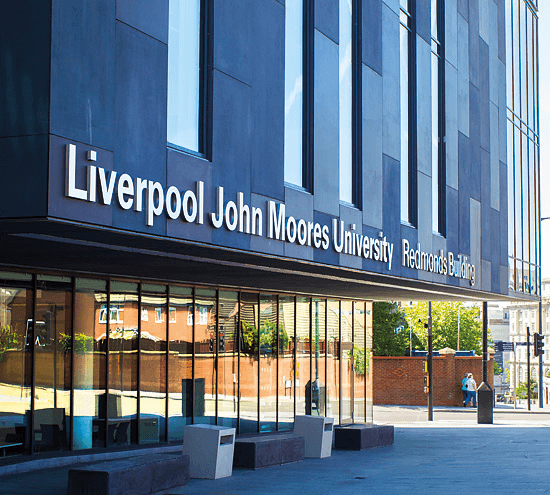What value does a university bring to a city?
Added on Tuesday, November 10th, 2015
| Professor Roger Webster is former Dean of the Faculty of Arts, Professional and Social Studies at Liverpool John Moores University. In this blog he draws on his own experiences in Liverpool as he reflects on the multiple forms of value that a university can bring to a city. |
As I step down from my role of Dean of the Faculty of Arts, Professional and Social Studies at Liverpool John Moores University, it is a chance to reflect on how our own university has worked with the city of Liverpool and what lessons can be drawn from the last 20 years. Of course my perspective is particularly around how arts and culture and universities intertwine – I believe that done well, they become a virtuous circle and add value to each other.
But there is no doubt that some of our projects were set up with such enthusiasm that we assumed they would be successful! Here are my top five reflections and learnings.
1. Employer partnerships are very valuable
Some 20 years ago we set up a degree programme in media professional studies with Mersey TV. The benefits went way beyond the access that students had to placements. They were involved in real life productions and Merseyside could recruit graduates who had been trained in the breadth of media skills from the production side to business and law.
Having young people around is thought to have inspired ideas for programmes, such as the long-running Brookside and Hollyoaks.
We ran a range of Masters programmes in computer games, emphasising the work experience with Mersey TV and this led to a high retention rate of skills within the city.
2. University partnerships can win opportunities
There has been a strong partnership with Liverpool City Council and this in part helped us all to win the European City of Culture bid. Our role at the university was to support events but also to evaluate the benefits and impact of the Capital of Culture year. This in turn led to the start of the Institute of Cultural Capital, five years ago.
We have created new posts in organisations such as Tate Liverpool, the Creative Technology Research Centre and RIBA’s office in Liverpool – where we could see an investment opportunity to develop partnerships where teaching, research and participation would all benefit.
| ‘Partnerships between universities and a city bring enormous benefits to students, businesses, arts organisations and the economy of a city.’ |
3. Don’t assume students love the arts!
Over the years, we have formed partnerships with cultural attractions in the city which offered free entry to students. One was with Tate Liverpool and it should have been a real win-win. The Tate got access to our students and audience information through us, with all the benefits of understanding their next generation of visitors.
But we quickly learned that the partnership itself is not enough. Undergraduates generally have little awareness of culture and we actively had to market to students and inspire them to go. Free entry is not enough.
4. Articulate the mutual benefits
In the past there has been a tendency for a university to put their name (and money) to arts organisations – on the basis that brand awareness is enough.
I firmly believe that universities need to look for more in these relationships. For example, what value could there be for research projects, placements, guest lectures, student projects? We all need to think, ‘What else could we all get from this?’ These things often don’t cost more money, just a bit of imagination and inspiration.
5. Matching different working cultures
Perhaps one of the biggest challenges for a university in working with private and public sectors is the difference in cultures.
Universities operate with a long ‘life cycle’ – a new course will take at least a year to develop with academic rigour and then get accreditation, then you have to recruit students. So we tend to think in one or three year cycles.
On the other hand, marketing and HR in the private sector are all about immediacy. We have a problem or an idea – let’s sort it now. This is a great strength of small arts organisations – they are extremely fleet of foot. But it can be very frustrating for everyone working in these different timeframes.
My recommendation on this is to be aware of the differences and discuss them upfront. Agree what could be done to make the partnership work smoothly and how you will all resolve differences. I think this all works best when the lead person on a project has worked in both industry and academia. And you need someone from the university involved who will champion the project internally – ideally a Pro-VC or a Dean.
Partnerships between universities and a city bring enormous benefits to students, businesses, arts organisations and the economy of a city. We are all still learning how this works best – please do share your own thoughts.
Photo credits
“Graduation caps” by John Walker is licensed under CC BY 2.0









